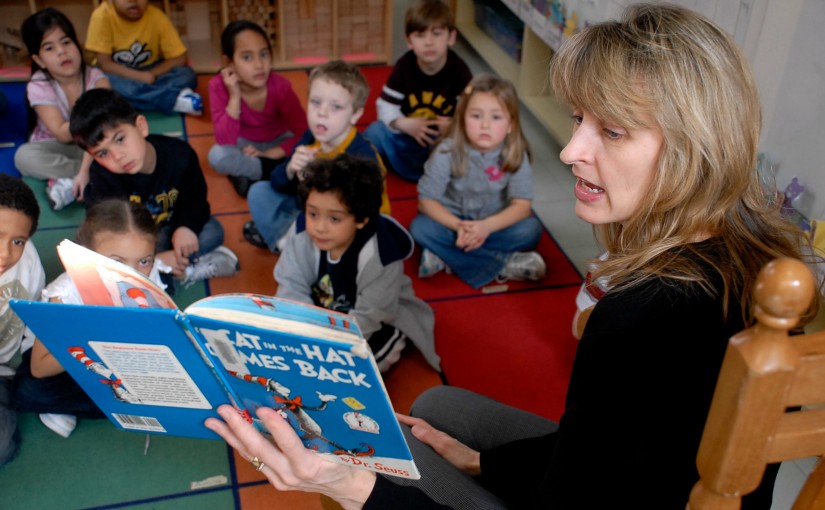Learning vocabulary an important part of education and life at any age. In fact, several markers of success in life have been correlated to having a larger vocabulary. In addition to this, keeping your students at grade level standards for vocabulary comprehension is critical for passing standardized assessment like Common Core’s PARCC tests.
But it takes more than copying down a new word’s definition for students to gain a true command over new vocabulary words. To help students grow a deep understanding of words, use interactive methods that make your students interact with the words in many different ways.
Here are some examples of ways to stretch students’ thinking and comprehension for new vocabulary:
Offer an extensive class library
Seeing new vocabulary words in context helps students learn new words. Encourage this by maintaining a large library of books students can borrow that are appropriate but challenging for the students’ level.
Identify vocabulary in books the class is reading together
Have students skim each chapter before reading it and write out any words they don’t know and use their lists as a guide to create a vocabulary list for the class. Before reading the chapter in full, review the list and their definitions.
Get students to restate or explain each word in their own words
This can be as simple as having students pair up with whoever sits next to them to discuss, or write it on paper. What’s important is that each student takes ownership of each word by explaining it themselves.
Have students create a visual representation of each word
As a class activity, have students create their own pictures (or other symbolic representations) of the words on the vocabulary list. This helps students think about a word’s meaning and gain a deeper understanding.
Have students create analogies for each word
This exercise is another way to tap into students’ creativity and get them to think more critically about the meanings of words on their vocabulary list. By creating their own analogies, students must determine their own understanding of a word’s given definition.
Have students find synonyms and antonyms for each word
Much like creating analogies for vocabulary words, this exercise makes students use other words in their vocabulary to develop a stronger contextual sense of the word’s definition.
Have students create their own jingles for the words and definitions.
The repetition of these creative exercises will help students engage with the vocabulary words with many different parts of their mind. Even better, a jingle can double as a mnemonic device that students can use as a reminder for words later on.
Keep reviewing old vocabulary words with games.
Don’t let old vocabulary words disappear after the test. To make sure those words become a long-term part of students’ vocabulary (and that they’re fresh for the end-of-year assessment), create games to play as a class that will reinforce them all year. Need ideas? Here’s a good place to start.
When these many different interactive learning techniques are used together, students develop a strong command over new vocabulary words. Better yet, an ability to use and understand these words stretches far beyond the next test and throughout students’ lives.

Leave a Reply
You must be logged in to post a comment.